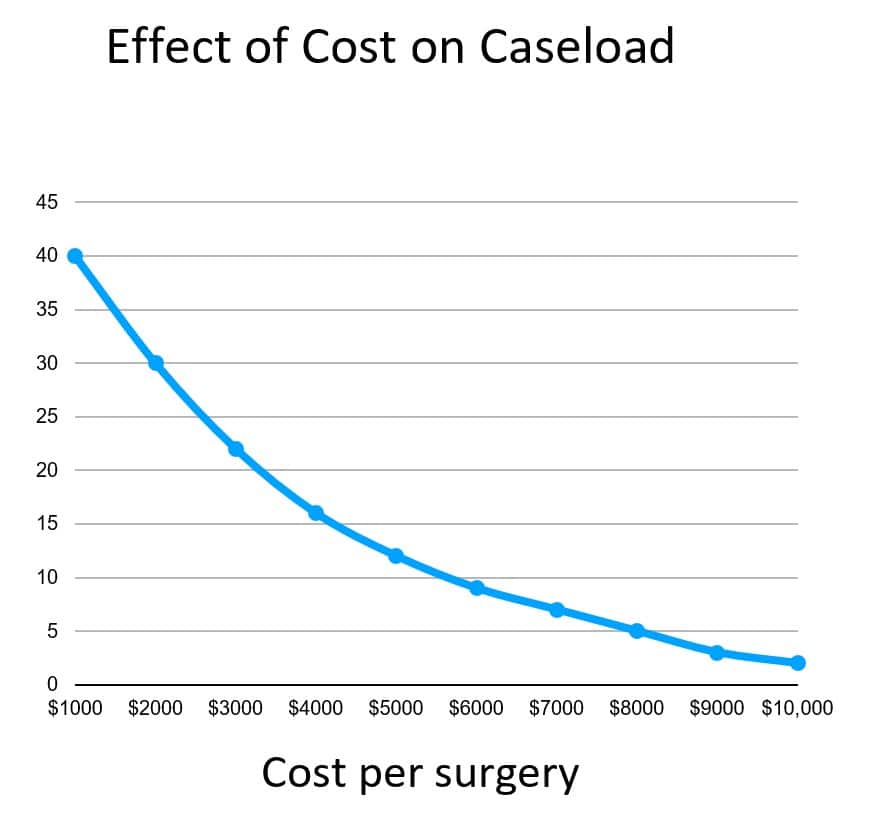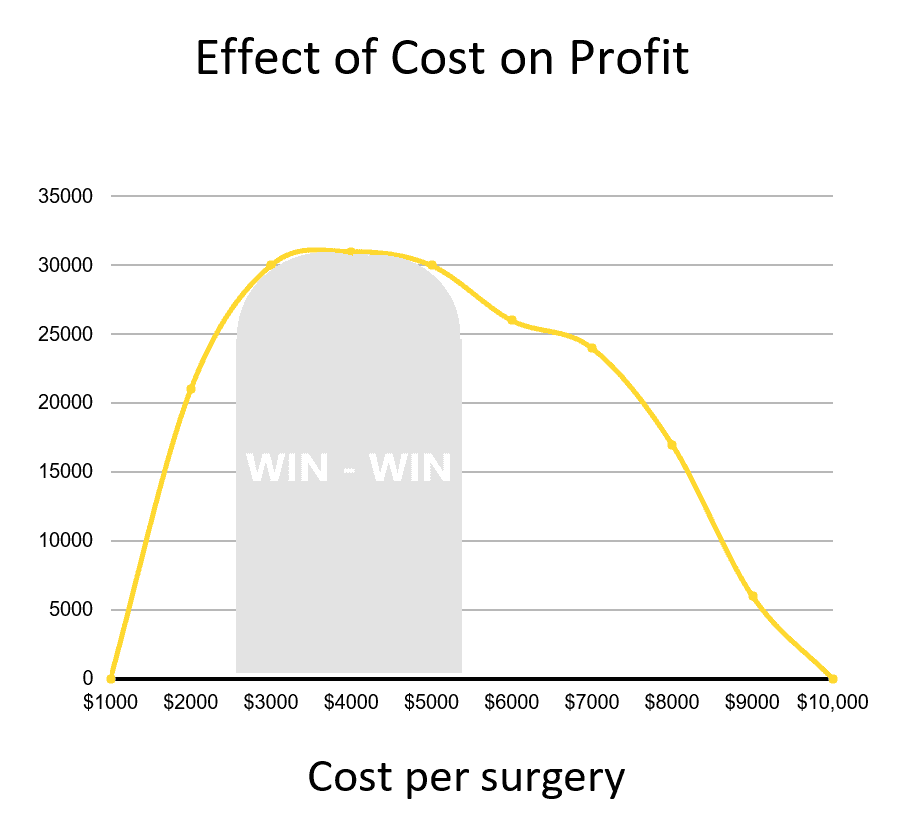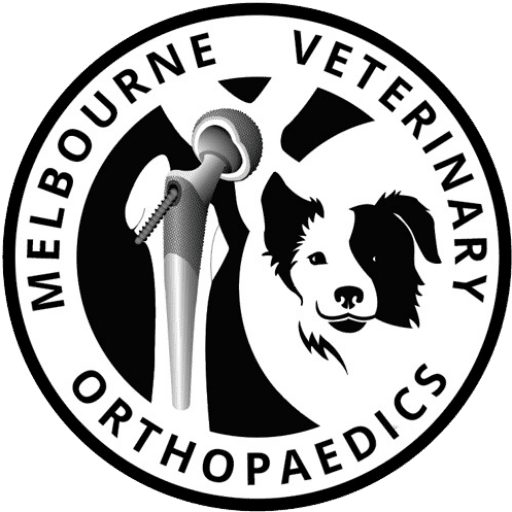MVO Business Philosophy
Over the last twenty years, specialist centres have blossomed with a growing number of staff and services on offer. Each centre typically has an emergency department as well as interns, residents, registrars and of course specialists. Large costs in managing this workforce combined with costly capital items, such as monitoring equipment, CT & MRI scanners, translate into ever increasing veterinary bills for pet owners. In general the companion pet industry expanded during Covid due to a significant increase in pet ownership. We now have a cost of living crisis, placing pressure on households with rising housing, energy, petrol, and food costs. Now more that ever, pet owners seek a cost effective solution to their pets surgery needs.
It is a proven fact that orthopaedic surgeons who perform more surgery by case numbers, are faster, more proficient and have better outcomes with less complications. In 2011, a retrospective study auditing canine hip replacement surgery was published from the University of Bristol in the UK. This research revealed complications of surgery dropped off significantly after each surgeon ascended the procedure’s ‘learning curve’ ultimately gaining proficiency. Orthopaedic surgeons who do more than 50 hip replacements each year have better overall outcomes.
Melbourne Veterinary Orthopaedics has researched the various pricing models and has chosen to be a medium level business charging between a non-specialist general practice and a top-end full-service referral hospital. MVO is boutique and cannot be compared to a larger centre.
We accept that veterinary medicine must evolve in a price sensitive market and at MVO we aim to deliver value for pet owners rather than setting fees that are overwhelming.
The 5 most common pricing strategies are:
Cost-plus pricing. Calculate your costs and add a mark-up. This is what the majority of larger corporate veterinary hospitals do to calculate the minimum cost for each procedure.
Competitive pricing. Set a price based on what the competition charges. This is what is also commonly done in the vet game. Often mangers creep costs up to a level just under the highest price of the competitor.
Price skimming. Set a high price and lower it as the market evolves. This is not effective when running a hospital. Typically prices trend upwards over time as wages and supply costs increase.
Penetration pricing. Set a low price to enter a competitive market and raise it later. This has been done by two of Melbourne’s specialist hospitals to grab caseload first then elevate prices. Both of these hospitals are now at the high end of the price range.
Value-based pricing. Base your product or service’s price on what the customer believes it’s worth. This is what MVO is doing and believe it is novel in the industry.
Finding the ideal price means choosing a pricing strategy that’s appropriate for the industry you are trading in. The data below shows that the optimal pricing for both a surgical business and the client is to charge moderately and not at the extremes.

The cost base for a clinic offering specialist surgery has fixed and variable elements. Rent, equipment costs, electricity, accounting, management costs are fixed and do not change. In contrast staff costs, drugs, implants are proportional to the number of patients treated. The overall cost base does not increase in a linear relationship to the caseload. Each surgeon must have a critical number of staff to offer surgery. This minimum staffing is required to run reception, monitor anaesthesia, assist in surgery, recovery patients and clean instruments. As an example, if a specialist performs one procedure each day, he / she will need a team of three nurses. But if he does three surgical procedures in one day, he can use this same three staff. So as the caseload increases, there are more efficiency gains and the business costs are lower per procedure.
If the number of cases is low despite high charges, there is still a high cost in keeping the doors open to run the business. In this scenario, to break even, the business needs to charge a lot per case. Some referral hospitals in Australia now charge several thousand dollars for routine orthopaedic surgery and well over ten thousand dollars for spinal surgery.
You can see below that there is a ‘bell curve’ type distribution of profit, with the peak being achieved with moderate fees. This is simply explained by understanding that as the surgery fees drop, more customers will gravitate to the business as long as quality is assured. The small increase in costs for the business associated with performing more surgeries, is offset by the increased revenue as caseload increases.

Overall there is a ‘win-win’ result for businesses willing to operate in this medium pricing bracket and pet owners who seek value for money. To do this, the surgical team must be efficient.
